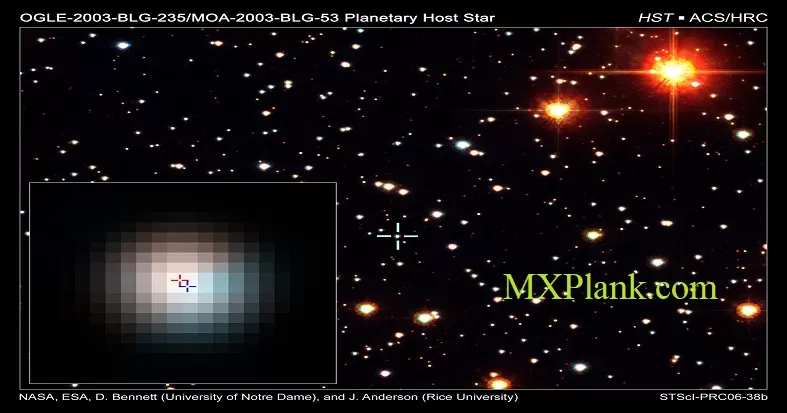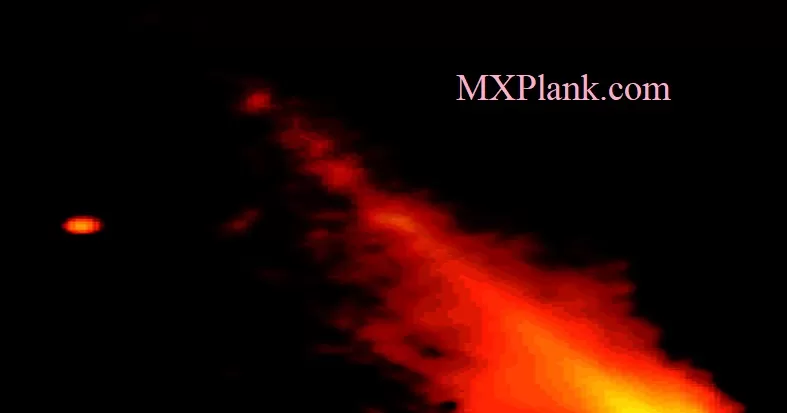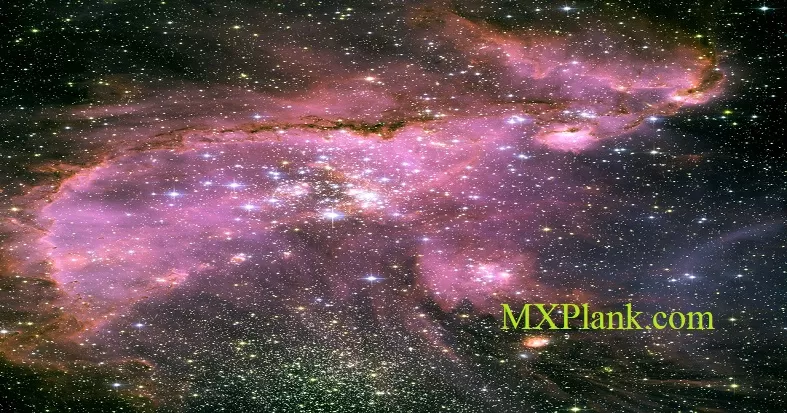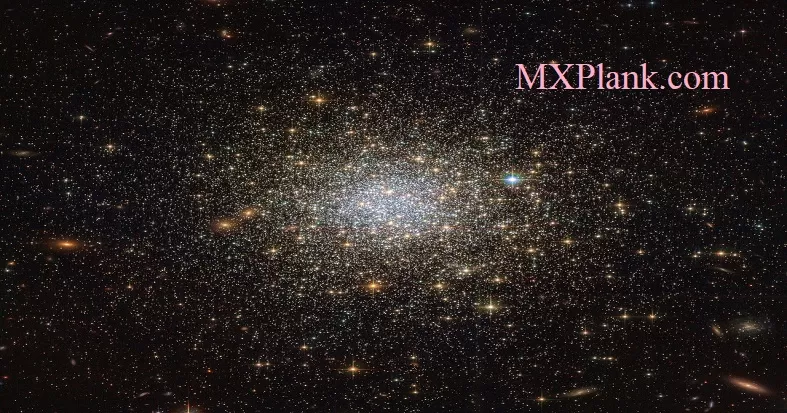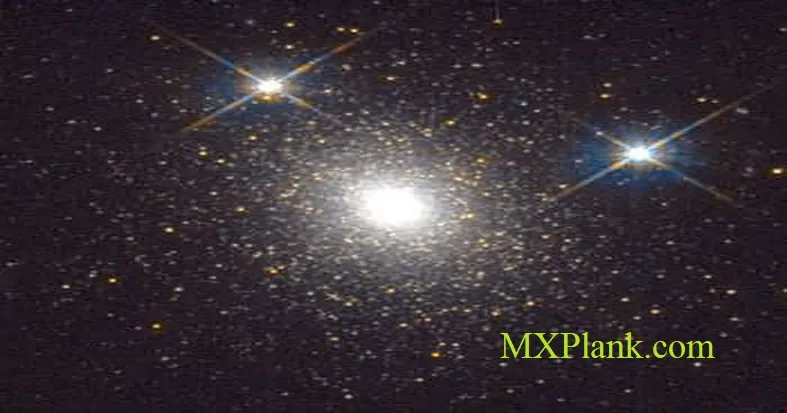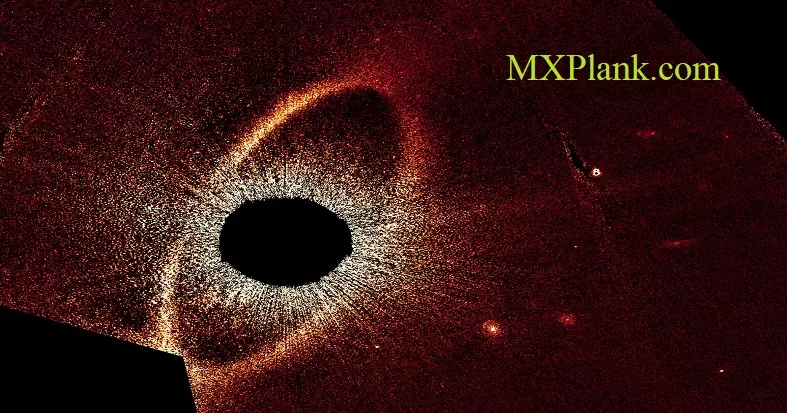Special relativity and causality
Outline
Based on material from Roger Penrose and David Bohm
While quantum theory and still more its implications have been censored out of much of popular thought and education, relativity may have had the opposite fate of being popularised as a wow! factor, with possibly a lack of balance as to what is really important about the theory.
Mass-energy equivalence
It could be argued that mass-energy equivalence is of greater significance than more crowd-stopping ideas such as the perception of different time-orderings. A particle not in motion has rest mass. It has been shown that all of the rest mass of a particle can be converted into energy. For instance, in some particle collisions, both particles are annihilated as a shower of high-energy photons, which may ultimately convert into heat (oscillation of other quanta) as a result of collisions with these. The matter of the universe is made up of such particles, so all of its matter or mass is capable of being converted into energy; it thus transpires that matter is an 'insubstantial pageant'. Energy is always conserved, morphing from one form to another, and from matter into radiation or heat. Thus energy, in the form of essentially transient quanta, could be taken to be just an oscillation or disturbance of spacetime
Spacetime
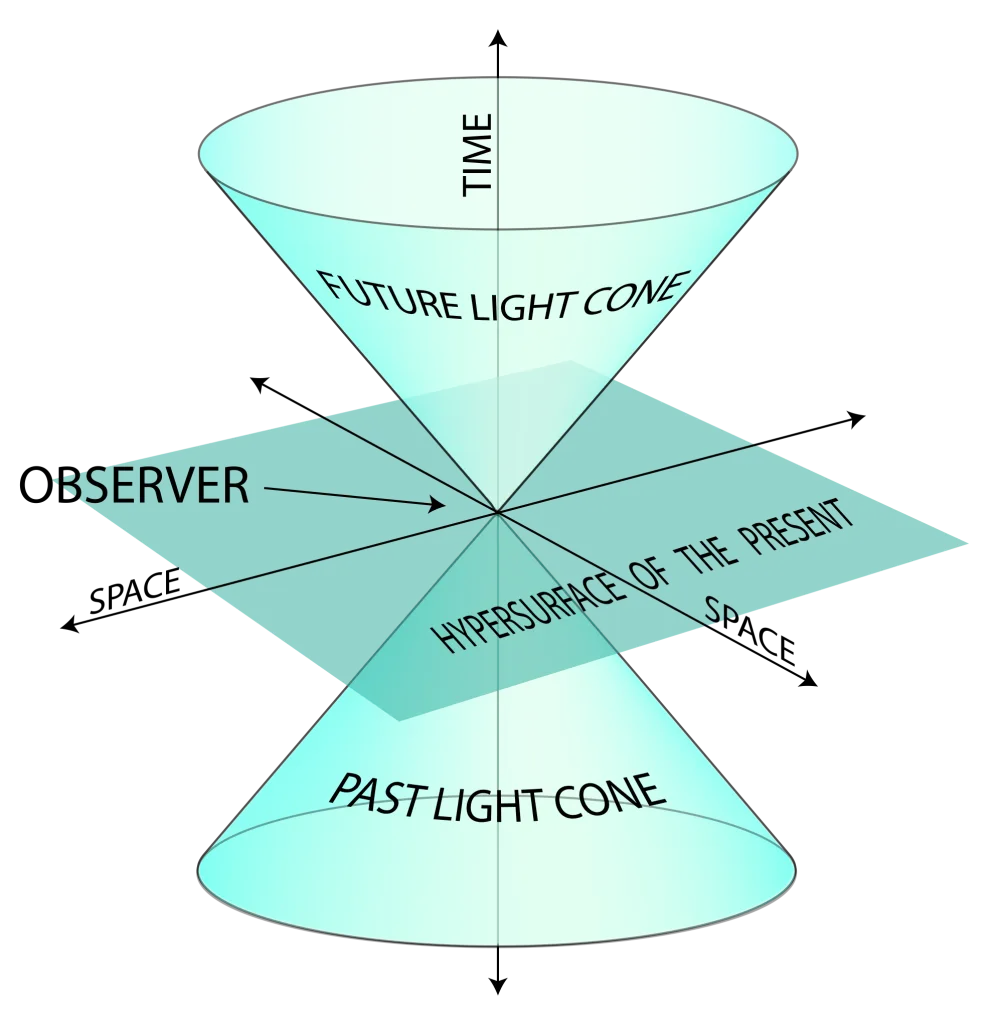
When we look at relativity's treatment of spacetime, it is possible that we find something altogether more concrete than mass-energy. Einstein's special relativity can be interpreted geometrically with a diagram known as a light cone, This diagram starts with an observer at point O, at time, t = 0. If the observer is taken to be at rest his progress can be represented as a vertical straight line, where the vertical axis represents time and the horizontal axis represents space. The stationary observer is moving in time but not moving in space. An observer or a particle is interpreted as a series of events, each one different in terms of time and potentially also space. The idea of a process of different events replaces the earlier concept of permanent objects or permanent particles, which is seen to be invalid in respect of mass-energy equivalence. The world is analysed in terms of events and processes rather than objects or particles.
Time is here treated in the same way as space, with each point or frame of reference having its own time as well as its own coordinate in space. The idea of a moment in time pervading the whole universe is no more relevant than the idea of the whole universe being at one spatial coordinate. In Newtonian physics, position could change according to three spatial coordinates, and an object could maintain the same volume if a change in height was compensated by a change in breadth. In respect of time, however, an absolute time pervaded the whole universe in his system.
Light cones - inside and outside
Another perhaps understated aspect of relativity is the difference between the inside and outside of an observer's light cone. In this the observer is at O on a horizontal axis. The horizontal axis is a divider between the past and the future. The future path of a stationary observer comprises the vertical axis representing movement in time but not in space. Movement at an angle to the left or right represents spatial movement. Rays of light are depicted at a 45o angle to the vertical axis. Massive objects moving, but necessarily more slowly than light, are depicted somewhere between the vertical axis of the stationary observer and the 45o angle of light. The important point is that while moving in both space and time, it is impossible to go outside the 45o light cone because nothing can move faster than light.
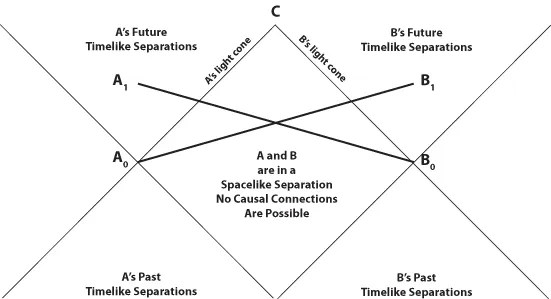
All cause and effect sequences relevant to a particular observer or particle have to take place within their own light cone, both the past and the future of which project out from the observer's particular frame of reference within spacetime. In this respect, relativity is quite different from Newtonian physics where there was no distinction between different segments of space. In relativity, points within the light cone are described as time-like separated, with some element of time passing in moving between one point and another, while those outside the light cone are space-like separated, and cannot be reached by signals from the observer, not are they able to send signals to the observer. The area outside the light cone is referred to as 'the absolutely elsewhere', and is distinct from the area inside light cone for all causal purposes.
Time-ordering
Much is made of the apparent differences in time ordering of events as seen by different observers. This arises from the difference between the view of a stationary observer and the view of a moving observer. The path of the stationary observer is represented by a vertical line indicating only change in time, while the horizontal axis marks the boundary between past and future. The question arises as to what happens at the 45o which is the speed of light and the boundary of the light cone. Relativity tells us that time stops at this point. The movement of the light wave is all in space and none of it at all in time, the exact opposite of the stationary observer. So the 45o line merges past and future, performing the same function in this respect as the horizontal line performs for the stationary observer.
This brings us to the state of a massive object that is moving at a speed less than that of light. The line dividing past and future for an observer here will be tilted somewhere above the horizontal of the stationary observer, but below the 45o degrees of the light wave. This means that the stationary observer and the moving observer have different dividing lines between past and future. While for the stationary observer one event can be perceived to be in the past and another in the future, the time-ordering can be the opposite to this for the moving observer.
Much is made of this, but the curious thing is that it is not particularly important because the events whose time order can be flipped in this way are found to be outside one another's light cones This means that the apparent differences in time order has no bearing on any causal process. The important thing here is the distinction between being in or outside the light cone.
Flawed basis of the block universe
The question of disagreements on time-ordering appears to be the basis of the block universe theory, in which relativity is supposed to support the argument that all times always exists, just as all space always exists, and time-development is thus predetermined. The main problem for the theory is that the disagreement on time-ordering does not relate to anything causal, and that in past light cones from which causes do arrive, there is no disagreement on time ordering. Needless to say this perverse block theory is something of a consensus amongst modern philosophers drawn like moth to the determinist flame.
Separation within light cones
More important than time ordering may be the concept of separation. Between every point within a light cone there is a separation measured in some mixture of space and time. This is an underlying reality, and not something that is just a representation in the brain. In this respect, there is a difference between the quanta and space time. The representations of objects etc. in our brain bear no resemblance whatever to the quanta, which are all the matter or energy that exists in the external world, but the representation of spacetime separation corresponds to something out there, albeit often perceived by us in a distorted way. The suggestion here might be that space time is the underlying reality, in which the quanta are disturbances or oscillations.
The present moment
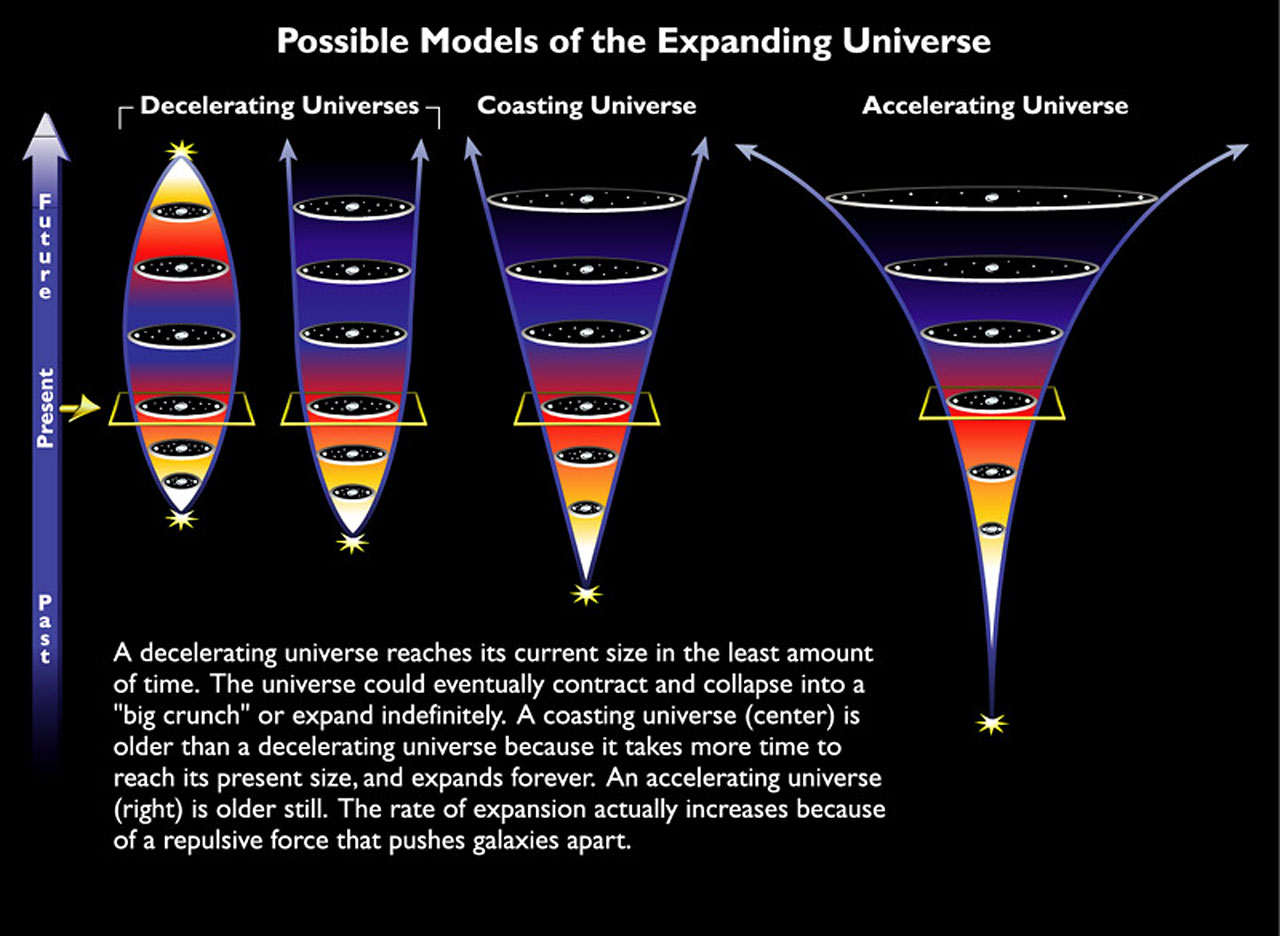
Despite the popularity of the block universe theory, relativity looks to fit quite well with the concept of the present moment. The theory has not only a future light cone as discussed above, but also a past light cone where both light and slower moving influences converge on frames of reference at the divide between past and future. This looks like a privileged point, at which causes from the past become effects, and new causes are generated for the future. In terms of relativity's frame of reference, there is no potential for a conscious observer to be anywhere except at one of these privileged points on the divide between past and future or in other words the present moment.

